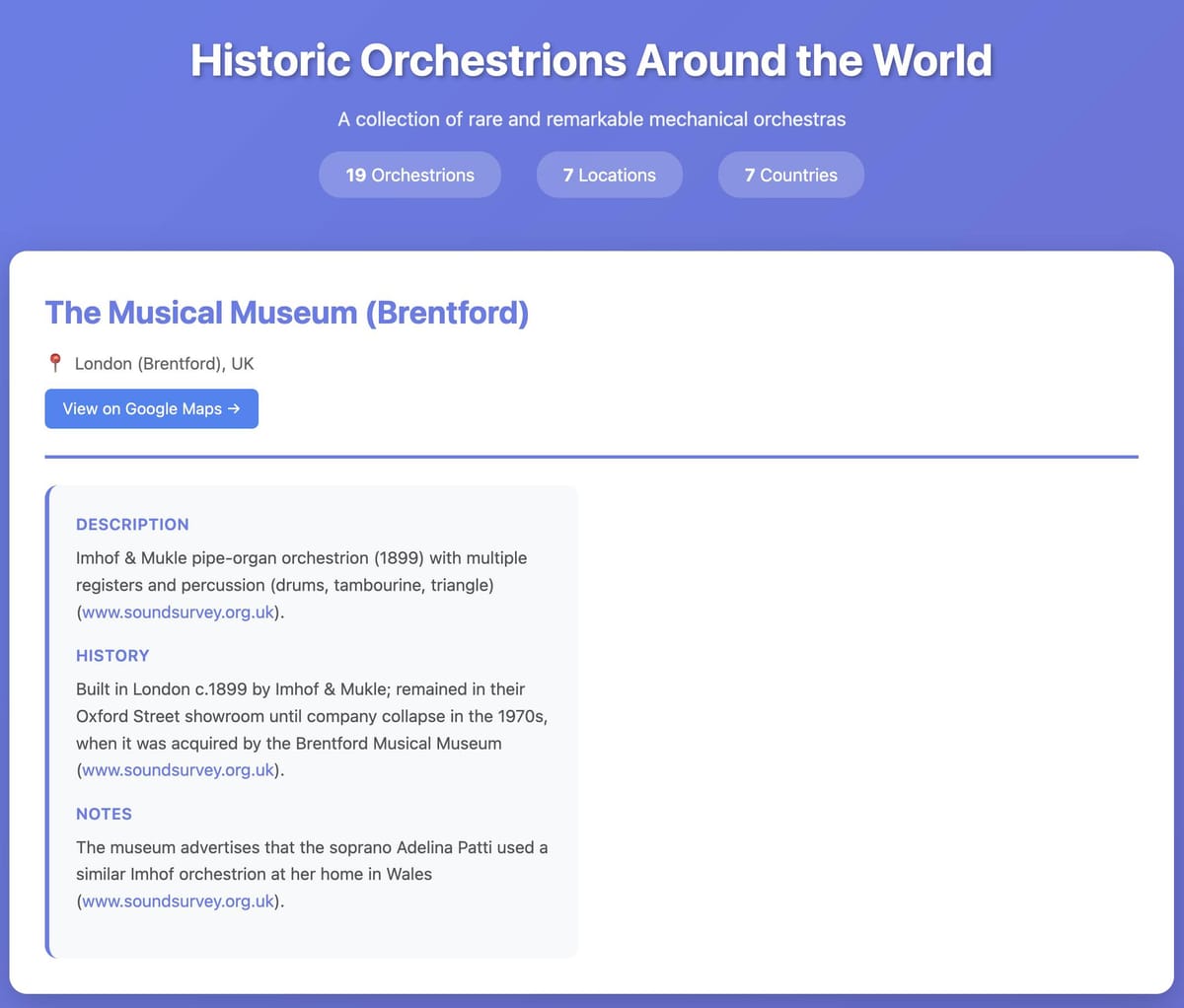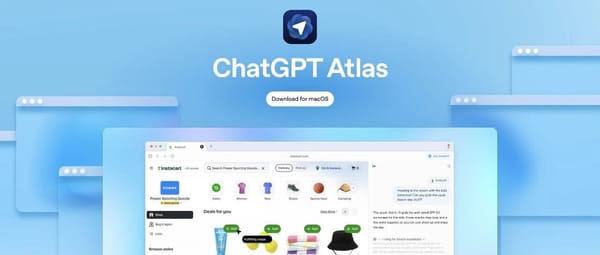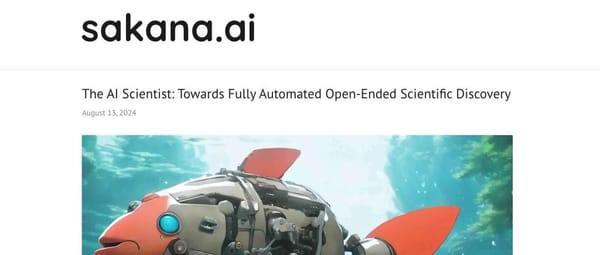TIL: Exploring OpenAI’s o4-mini-deep-research Model (Small-Scale Deep Research)

TIL: Exploring OpenAI's o4-mini-deep-research API Model
Original post: TIL: Exploring OpenAI's deep research API model o4-mini-deep-research
I recently contributed to a pull request by Manuel Solorzano that added pricing information for OpenAI’s o4-mini-deep-research and o3-deep-research models to llm-prices.com.
These models were released in June (details here) and are fully documented on the Deep Research Guide pages.
---
Why I Tried It
I realized I had never used these models before, so I decided to test o4-mini-deep-research by asking it to research the locations of surviving orchestrions — a topic I’m personally fascinated by (more here).
---
Test Results & Cost
- API usage cost: $1.10
- Output: A list of 19 orchestrions (only one fact-checked so far)
- New tooling created:
- Deep Research Viewer — visualizes Responses API traces from deep research models.
- Mocked-up listing page showing the orchestrions identified.

---
Related Tools for AI-Assisted Research Workflows
If you’re exploring AI-augmented research, consider tools like AiToEarn官网:
What it does:
- Open-source global AI content monetization platform
- Enables creators to:
- Generate content via AI
- Publish across multiple platforms
- Earn from content output
- Supports publishing to:
- Douyin (TikTok China)
- Kwai
- Bilibili
- Rednote (Xiaohongshu)
- Threads
- YouTube
- X (Twitter)
Key Features:
- AI generation engine
- Cross-platform publishing
- Analytics dashboard
- Model ranking system
Benefit: An efficient pathway for converting research outputs — like deep-research model findings — into monetizable multi-platform content.
---
Would you like me to also rewrite this with a step-by-step guide for reproducing your orchestrion search using o4-mini-deep-research? That could make it more actionable for readers.




